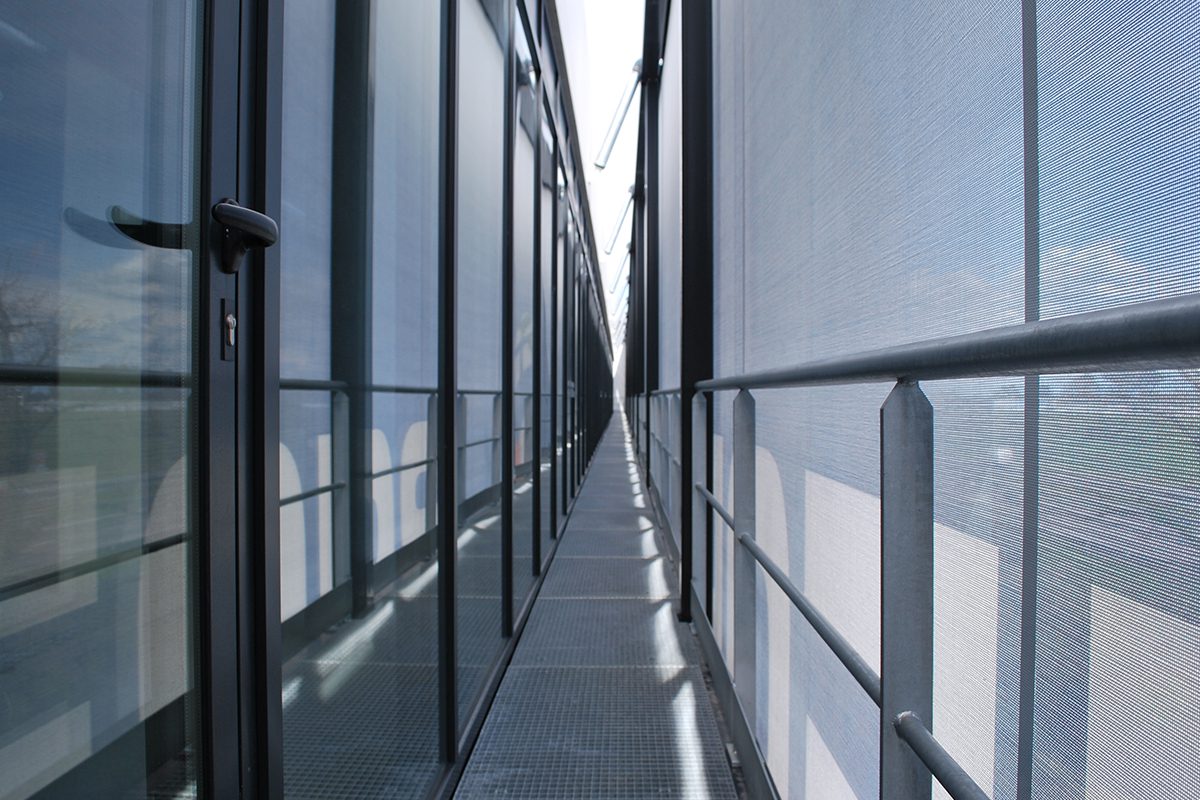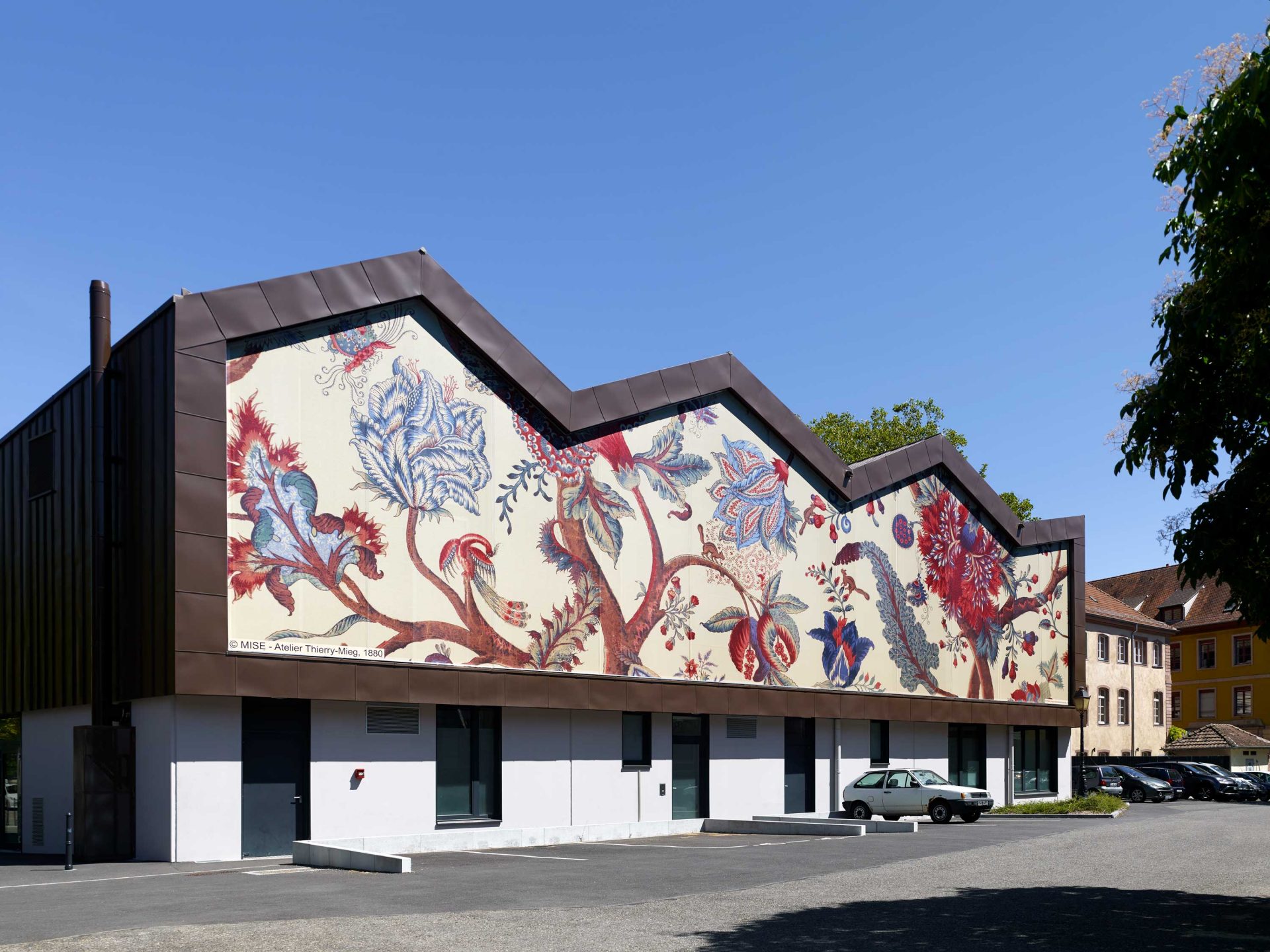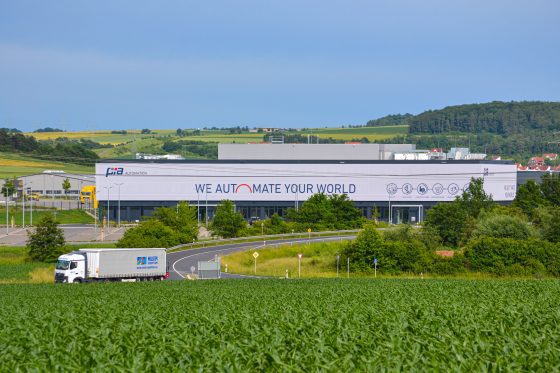When new buildings are designed and built, architects and constructors must consider the future in terms of climate change. They have a crucial responsibility to design sustainable facades, and energy-efficient structures, and to take active measures that are thoroughly low-carbon (and ideally carbon-neutral). These measures have to take into account the building process, but also, and more important in terms of impact, the use of the building.
Our love for glass in architecture is a clear example. Not too long ago, architects chose fully glass facades as the solution. Simple, elegant, and cost-effective, glass was the first choice for a lot of buildings. But it renders inefficiency in energy use. Full-height glazing lets in a substantial amount of light, but also a great deal of heat, which then requires air-conditioning -itself a generator of heat- to correct this problem.
Nowadays, architects are changing their approach to this matter. New energy-saving sources of light (LED) are reducing the need for attracting as much light as needed into the building, saving a lot of heat buildup. But we still would like to see our world from our building. Through shading constructions, a sustainable facade can prevent a lot of heat from entering the building, reducing the strain on the climate control systems in the building.

80% heat reduction from solar effects with fabric facades.
A PES/PVC fabric sustainable facade as a flexible second skin around a building is one of the most cost-effective solutions, as it can retain up to 80% of the heat from the sun. It’s a low-cost solution compared to other facade claddings, and it offers a higher degree of customization as the fabrics can be printed with any pattern or design. They are characterized by their lightweight, high durability, flexibility, and resistance to different weather conditions.
Thanks to a shallow ecological footprint, fabric facades are an ideal application to make the building and renovation industry more sustainable. The idea that PVC-containing materials should be excluded in the search for sustainable materials in the construction industry does not apply in the case of polyester/PVC facade mesh. This material has a technical lifespan of 18-30 years. Producers offer recycling programs to process waste and replacement materials fully. And thanks to the temperature control and lighter substructure required, energy and costs are saved. As such, fabric sustainable facade actively contributes to achieving environmental certifications in the construction sector. Think of LEED, HQE, and BREEAM.
More benefits from fabric sustainable facades.
As mentioned above the flexibility offered by fabric facade systems. Depending on the design, the facade mesh fulfills various primary functions, like noise reduction, windshields, and heat shields. But also visual functions as a branding or communication tool. Collaborations with (local) artists that can be applied by print both to the inside and outside of the facade.
Next-generation is taking Nitrogen out of the environment.
At this moment, a pilot project is done by RWTH Aachen University supported by the Institute for Textile Technology Aachen (ITA) on a facade of an ECE office building in Hamburg. This textile sustainable facade has been treated with an additional coating with nano-titanium oxide. The coating binds the harmful nitrogen oxides that pollute the air through car emissions. The act not only binds nitrogen oxides but also helps to reduce the CO2 emission of the 22-year-old building: Studies have shown that this new mesh fabric building envelope can reduce up to 78 percent of the solar cooling loads of buildings in summer.



